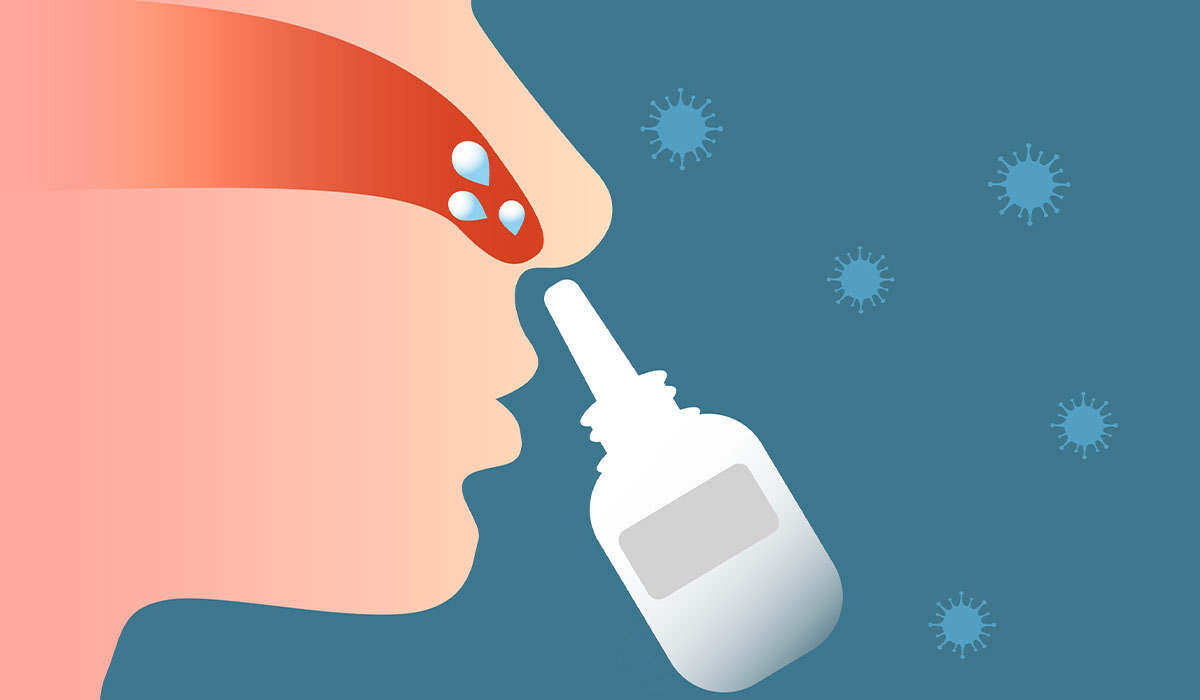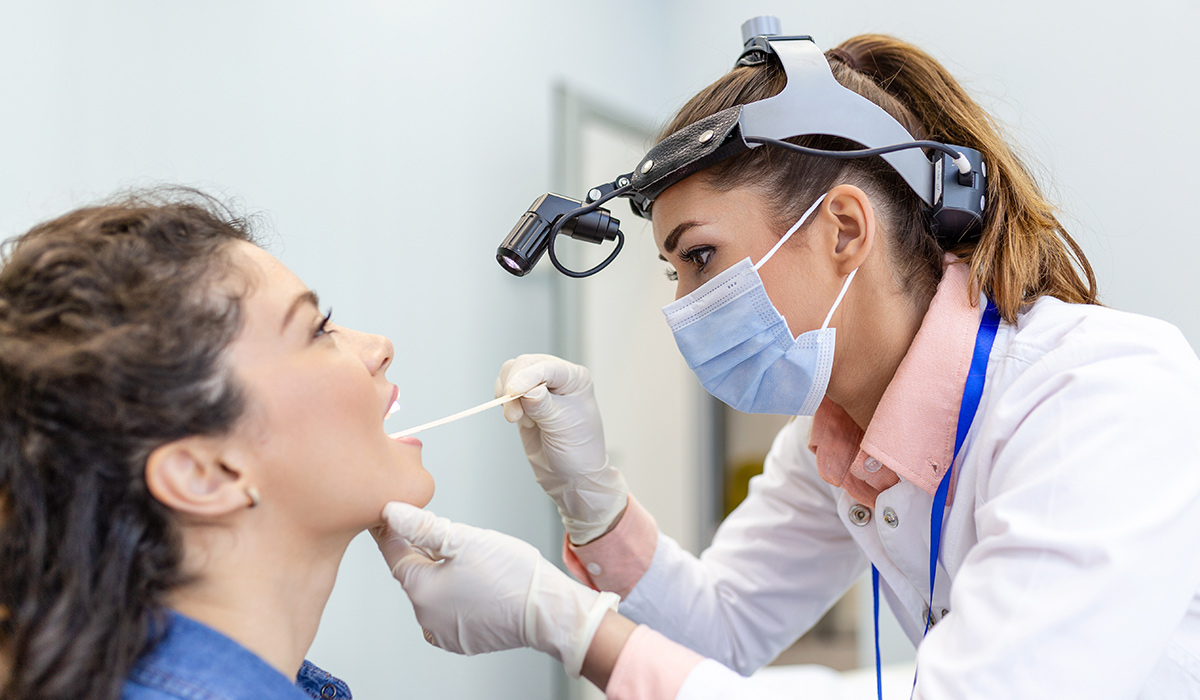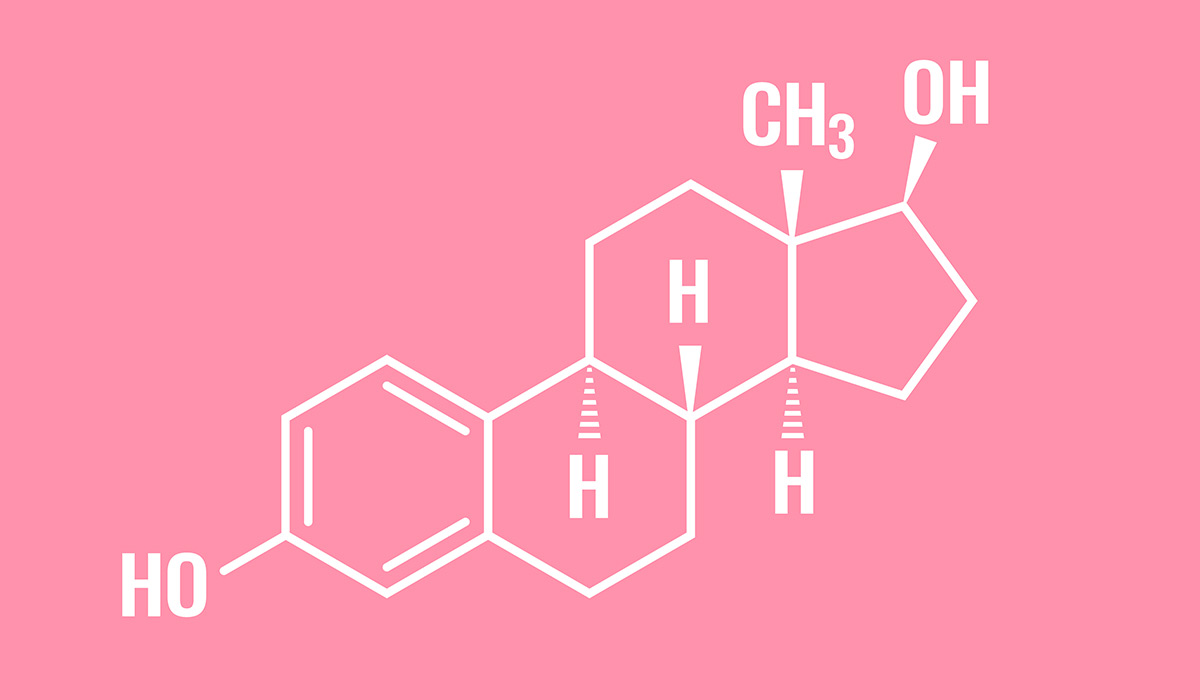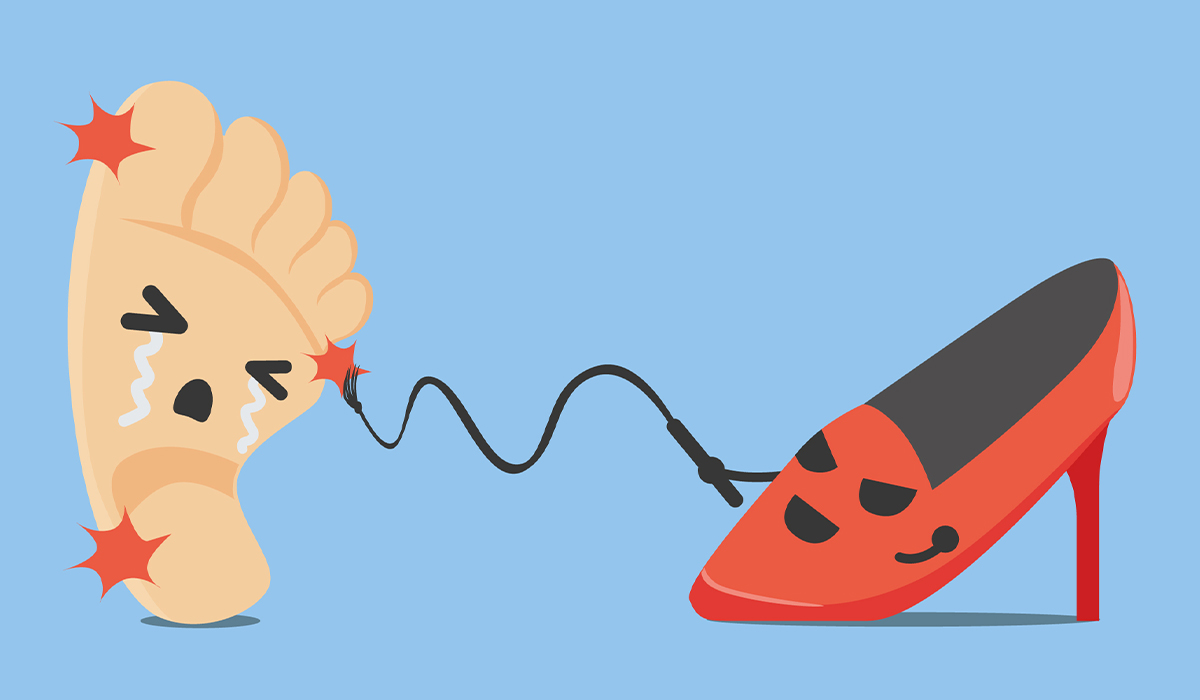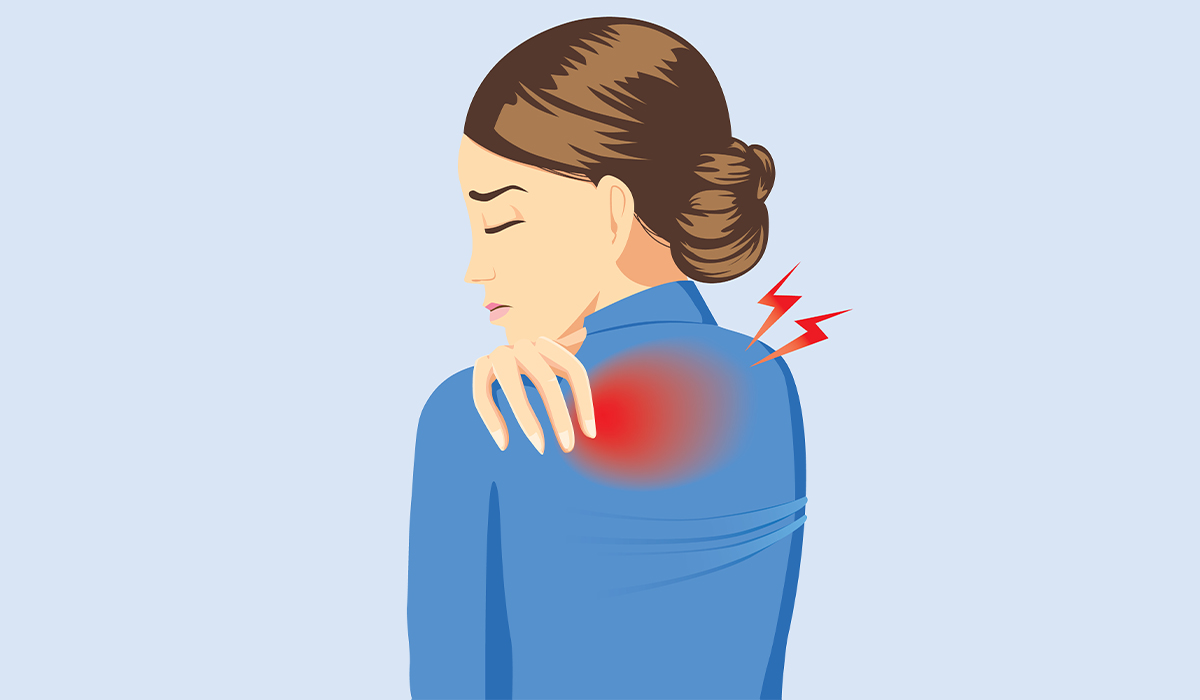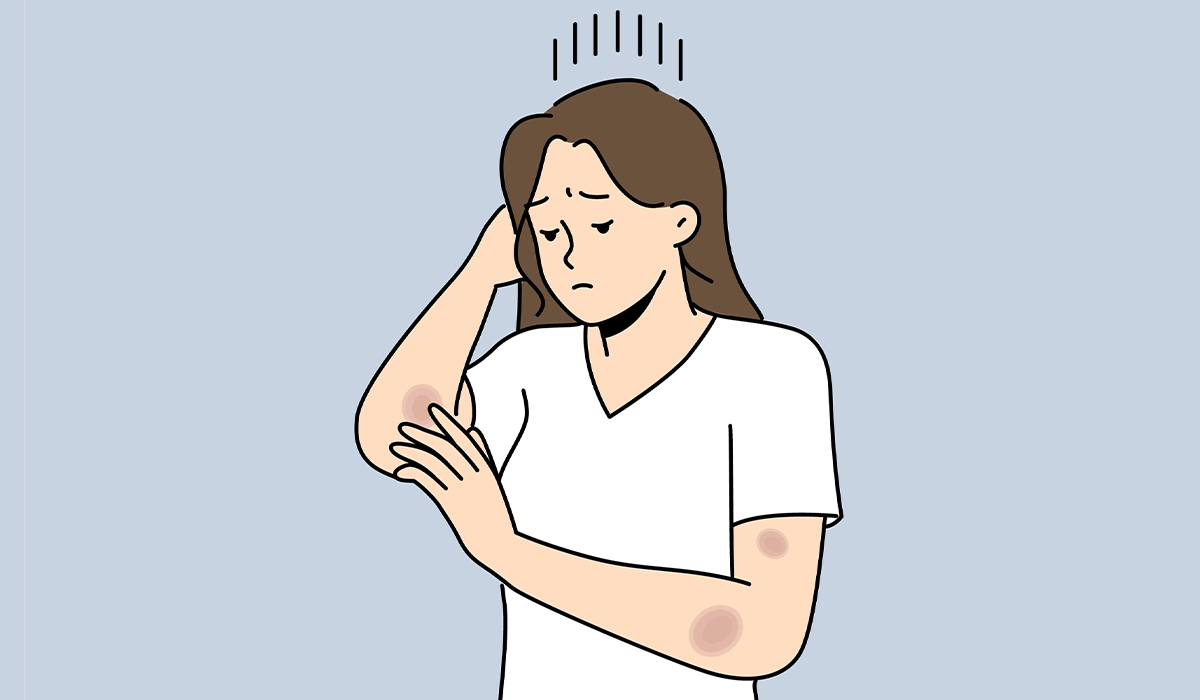What we eat can influence our well-being, weight, immunity, and skin condition. Understanding how this crucial part of the digestive system operates can help ease its workload and prevent stomach discomfort.
Small Bowel
The small bowel, measuring 7 meters, assumes a convoluted configuration in loose loops. Contrary to the expectation of a food-coated tube, its interior exhibits sleek, velvety, moist, pink walls that are impeccably clean. It is a little-known fact that only the terminal meter of the large intestine comes into contact with fecal matter, with the preceding section being clean and predominantly devoid of odor.
Some individuals may find the intricate structure of the small bowel disorderly. Yet microscopic examination reveals meticulously orchestrated folds and protrusions designed to maximize the absorptive surface area within a confined region.
These folds prevent the necessity for an 18-meter-long small intestine for digestion. Each square millimeter of the intestinal epithelium features approximately 30 distinct villi, which vigorously project into the ingested food mass, each bearing numerous microvilli branches. These microvilli, in turn, terminate in sugar structures resembling the antlers of deer, known as glycocalyx.
The final fragmentation of the food consumed takes place in the small bowel. Just behind the inlet (from the stomach), on its wall, there is a small hole, the so-called wart. It somewhat resembles the salivary glands in the mouth. This is how digestive juices reach the food mass. Thanks to them, large particles of proteins, fats, and carbohydrates are dissolved and can pass through the intestinal walls and enter the blood.
The bowels knead each portion of the pulp, spread in all directions, and penetrated by the movements of the villi. Intestinal movements are subordinated to one rule: keep going. They use a mechanism for this purpose (the peristaltic reflex).
In each intestinal villus, there is a tiny blood vessel powered by molecules taken from food. All the blood vessels in the small intestine connect and pass through the liver, which examines what we have eaten for the presence of harmful substances and toxins.
All the energy that powers our body’s organs is obtained in the small bowel. However, you should not expect an injection of vitality immediately after the meal. At this point, many people feel tired and lethargic.
This is because more blood is directed to the digestive organs. As scientists point out, the brain then has less blood supply, so we feel tired. From the point of view of the intestines, they work better when we are lazy and relaxed and when stress hormones are not circulating in our blood.
About an hour after a meal, the intestines undergo a cleaning process known as the migrating motor complex. Some people mistake the resulting stomach rumbling for hunger, but it signifies the body’s readiness to resume activity.
Diseases Of The Small Bowel
The most common diseases of the small intestine are:
- Malabsorption syndromes
- Gluconeogenic celiac disease
- Inflammation of the small intestine (viral, bacterial, and fungal)
- Ischemic intestinal diseases
- Small intestine obstruction
- Crohn’s disease
- Small intestine cancer
Cecum
When the small intestine meets the large intestine, there is an extra passage that may seem unnecessary (resembling an uninflated elongated balloon). It is the cecum, which culminates with the appendix. Its job is to search for foreign bacteria in leftover food and neutralize them if needed.
It also serves as a storage place for carefully selected beneficial bacteria that can be utilized, for instance, during sudden bouts of diarrhea.
Large Bowel
The large intestine is like a string of corals, fitting snugly around the small intestine, similar to a thick picture frame. Its role is to process what the small bowel couldn’t absorb, with a microworld of intestinal bacteria breaking down the remaining food. The immune system is particularly interested in these bacteria, found on the intestinal walls and in the appendix, which is almost entirely composed of immune lymphatic tissue.
After the small intestine has absorbed a meal, the large intestine diligently processes the leftovers for about 16 hours. In the final meter of the digestive tract, precise measurements of water and salt excretion occur, helping the body conserve around a liter of fluids daily. If it weren’t for the large intestine, we would need to consume an additional liter of fluids each day.
Diseases Of The Large Intestine
The most common diseases of the large intestine are:
- Irritable bowel syndrome
- Large intestine obstruction
- Diverticulosis of the large intestine
- Inflammatory bowel disease, e.g., ulcerative colitis, ischemic colitis, Crohn’s disease, pseudomembranous colitis, and cancer of the large intestine and rectum
Intestinal Bacteria
The human digestive tract houses bacteria, viruses, and fungi. Collectively, these microorganisms are referred to as the human microbiota. The gut-dwelling microorganisms aid digestion, detoxification, and the immune system’s protective barrier fortification. They also facilitate the fermentation of certain nutrients and the synthesis of essential vitamins such as biotin, vitamin K, and short-chain fatty acids. Moreover, the microbiota promotes the absorption of calcium and iron and helps maintain the appropriate pH in the digestive tract.
Interestingly, while one-third of the gut bacteria are common among all individuals, the remaining two-thirds are unique to each person. Despite this uniqueness, distinct enterotypes have been identified and categorized by the prevailing bacteria types. These enterotypes have individual bacterial families with specific characteristics, such as dietary preferences, compatibility with other bacteria, and the production of enzymes or vitamins.
Bowels Diet
Sensitive bowels do not like fast food, which contains sugar, yeast, coffee, oranges, pork, and corn, as well as synthetic food additives (preservatives, dyes, stabilizers, and flavor enhancers). Fresh vegetables, fruits, and whole grain products nourish the intestinal microflora.
Probiotics
A significant role in the intestinal diet is played by the so-called probiotics that contain groups of lactic acid bacteria (Bifidobacterium, Lactobacillus). We can find them in:
- Vegetable pickles
- Kimchi
- Fermented milk products (yogurts, kefirs, buttermilk)
- Apple cider vinegar
- Fermented soy products
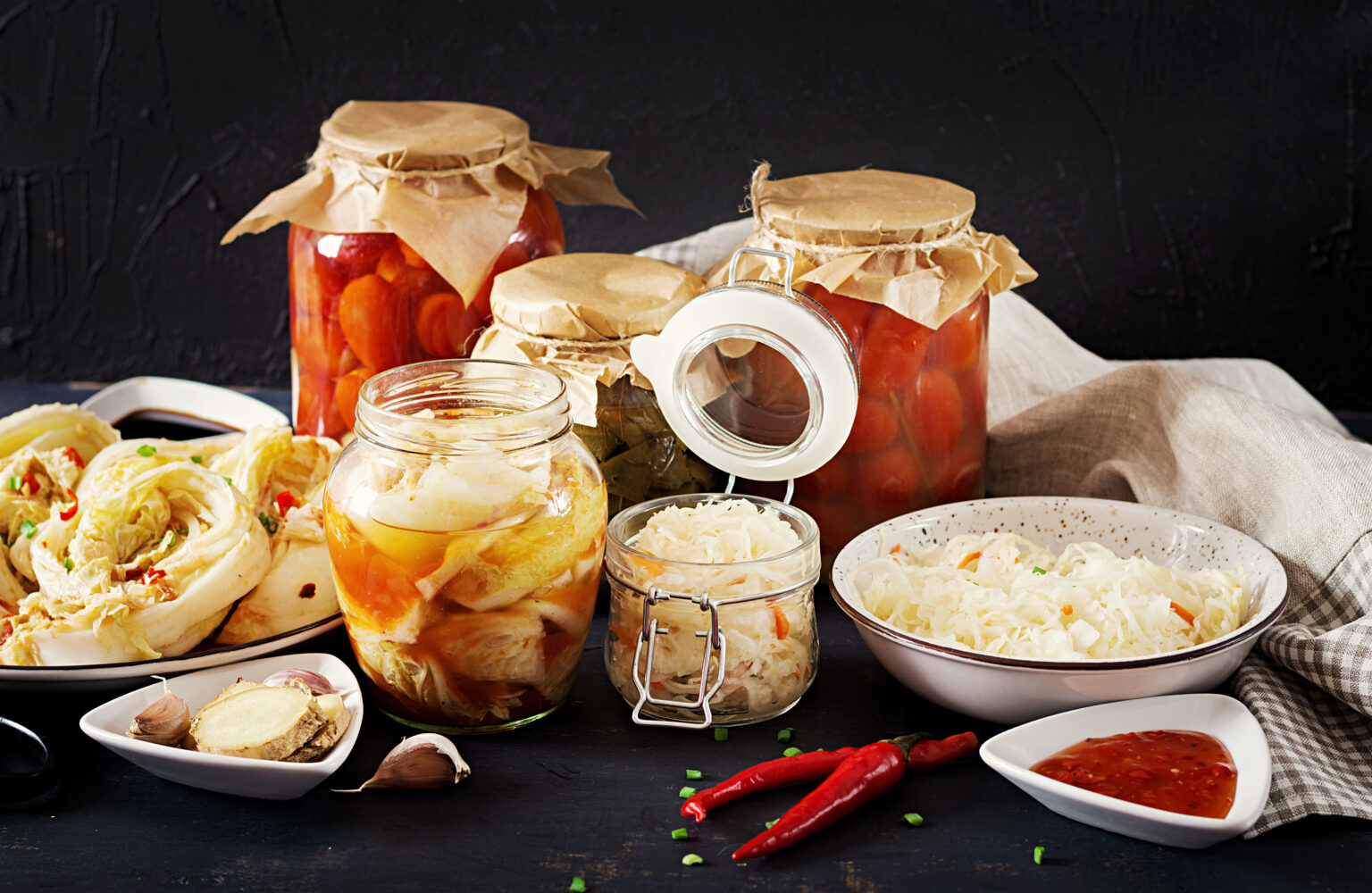
Prebiotics
The second group of products significant in the intestinal diet is prebiotics (they contain fiber, mainly water-soluble), which help the growth of intestinal bacteria. The following influence positively on intestinal function:
- Onion
- Garlic
- Potatoes
- Chicory
- Artichokes
- Bananas
- Apples
- Carrot
- Buckwheat husk
- Cereals with low gluten content
Take Care Of Your Bowels
It is essential to realize that drugs, primarily antibiotics, but also antidepressants and sleeping pills, hurt the intestinal microflora. The damage they cause has side effects for months or even years.
A varied diet rich in natural food products is significant for the health of the bowels, as is how it is consumed. Food should be eaten slowly and chewed carefully, and stressful situations while eating, which cause swallowing air and gas formation, should be avoided. Calm breathing and regular physical activity are also necessary for healthy bowel-like movements.
You must also drink adequate amounts of water (at least 1.5 liters a day). Mineral water can be consumed alone or replaced with herbal infusions or bitter tea.
How Do You Know That The Bowels Are Working Efficiently
The frequency and quality of bowel movements can determine much. Various types of tests are also available.
Imaging tests, i.e., computed tomography, X-ray (with or without contrast), abdominal ultrasound. This type of examination helps to detect, for example, defects, excesses, and diverticula, i.e., bulges of the large intestine, which may cause inflammation or even a fistula.
Gastroscopy allows you to view the initial section of the small intestine – the duodenum- and the stomach and esophagus.
Colonoscopy enables a comprehensive analysis of the final section of the small intestine and the entire large intestine for the appearance of polyps or other pathological changes (including cancer). It is performed using a colonoscope – a long flexible tube with a camera attached, inserted through the rectum into the large intestine.
Hydrogen tests are performed to confirm or exclude gastrointestinal ailments and those related to nutritional intolerance (lactose, fructose) and small intestinal bacterial overgrowth (SIBO). The first (comparison) measurement is performed on an empty stomach, and the next one, at regular intervals, after administering a standard dose of lactose to the patient. The test confirms intolerance if the hydrogen concentration in the exhaled air increases above a certain level.
Stool examination helps detect the presence of occult blood, which indicates pathological changes (e.g., hemorrhoids, polyps, cancer) in the large intestine.

What Hinders The Functioning Of The Intestines?
Many factors influence the digestion process through peristalsis. Usually, we are dealing with either a slowing down of the bowel (sometimes called a “lazy intestine” and leading to constipation) or an acceleration (which ends in diarrhea). The most common causes of gastrointestinal motility disorders are:
- Emotional factors, including stress – in modern society, this is by far the most common cause of functional intestinal peristalsis disorders (i.e., disorders not resulting from abnormalities in the structure of the digestive tract). They result from the direct impact of our emotions on the bowels through the autonomic nervous system. In everyday speech, terms such as stress, diarrhea, or stomach neuralgia are common. They describe the excessive force of contractions of the digestive tract muscles caused by stress.
- Diseases in the abdominal cavity—Intestinal peristalsis disorders are often caused by inflammation in the abdominal cavity. This happens, for example, in the case of appendicitis or inflammatory bowel diseases (ulcerative colitis).
- Neurological diseases—Due to the destruction or impairment of the central or autonomic nervous system, control over intestinal peristalsis is impaired. This is the case, for example, with diseases such as multiple sclerosis (MS) or amyotrophic lateral sclerosis (ALS).
- Medicines—Many medicines disturb the functioning of the bowels at various levels. Some have a constipating effect (e.g., iron preparations), while others destroy the intestinal bacterial flora necessary for proper digestion (antibiotics).
Fecal Impaction In Bowels
According to some calculations, each person who eats unhealthy food and has irregular bowel movements may have up to 15 kg of fecal impaction in the intestines (although on average, it is assumed that each person has about 5 kg). Fecal impaction in the intestines leads to the deposition of harmful toxins and may cause various symptoms, including:
- Digestive disorders
- Stomach pain
- Heartburn
- Flatulence
- Lack of appetite
- Nausea
- General malaise
- Constant fatigue
- Skin problems
- Decreased immunity
How To Get Rid Of Fecal Impaction?
Several factors influence regularity in bowel movements. It is crucial to ensure you drink an adequate amount of water (at least 1.5-2 liters per day), maintain a fiber-rich diet, support healthy gut bacteria, and have regular meals (ideally five moderately sized meals).
Fiber, which includes cellulose, lignans, and hemicellulose, plays a vital role in eliminating waste from the body. These components act as natural cleaners in the intestines, aiding in the expulsion of waste materials.
Diet
Large amounts of natural fiber can be found in:
- Grains and seeds (including linseed, chia seeds, and bran)
- Fruit (blackcurrant, raspberry, and strawberry)
- Walnuts
- Buckwheat groats
- Oat flakes
- Brown rice
Dried fruits are also a rich source of fiber, which ideally improves the cleansing of intestinal deposits. It is especially worth reaching for figs, plums, and dates. The diet should also include kefir, sour milk, high school yogurts (they must not contain sugar), and pickled vegetables because they improve the bowel’s bacterial microflora.
Cooking
It is also significant how the dishes are prepared. When cleansing the intestines of fecal impaction, raw vegetables and fruits are best; pasta should be cooked al dente, and groats and dark rice should be cooked loosely. Avoid fried and grilled foods.
Sources
- Physiology, Small Bowel. NIH.
https://pubmed.ncbi.nlm.nih.gov/30335296/ - The migrating motor complex: control mechanisms and its role in health and disease. NIH.
https://pubmed.ncbi.nlm.nih.gov/22450306/ - An organized approach to imaging of benign cecal pathologies. NIH.
https://www.ncbi.nlm.nih.gov/pmc/articles/PMC7594902/ - Physiology, Large Intestine. NIH.
https://pubmed.ncbi.nlm.nih.gov/29939634/ - Gut Bacteria in Health and Disease. NIH.
https://www.ncbi.nlm.nih.gov/pmc/articles/PMC3983973/ - Probiotics. NIH.
https://ods.od.nih.gov/factsheets/Probiotics-HealthProfessional/ - Prebiotics: Definition, Types, Sources, Mechanisms, and Clinical Applications. NIH.
https://www.ncbi.nlm.nih.gov/pmc/articles/PMC6463098/ - Good Bowel Habit and Preventing Constipation. NHS.
https://www.mkuh.nhs.uk/patient-information-leaflet/good-bowel-habit-and-preventing-constipation - Colonoscopy. NIH.
https://www.niddk.nih.gov/health-information/diagnostic-tests/colonoscopy - Hydrogen Breath Tests in Gastrointestinal Diseases. NIH.
https://www.ncbi.nlm.nih.gov/pmc/articles/PMC4175689/ - Definition & Facts for Constipation. NIH.
https://www.niddk.nih.gov/health-information/digestive-diseases/constipation/definition-facts - Definition & Facts for Diarrhea. NIH.
https://www.niddk.nih.gov/health-information/digestive-diseases/diarrhea/definition-facts - Fecal impaction: a systematic review of its medical complications. NIH.
https://www.ncbi.nlm.nih.gov/pmc/articles/PMC4709889/ - Health benefits of dietary fibers vary. NIH.
https://www.nih.gov/news-events/nih-research-matters/health-benefits-dietary-fibers-vary
